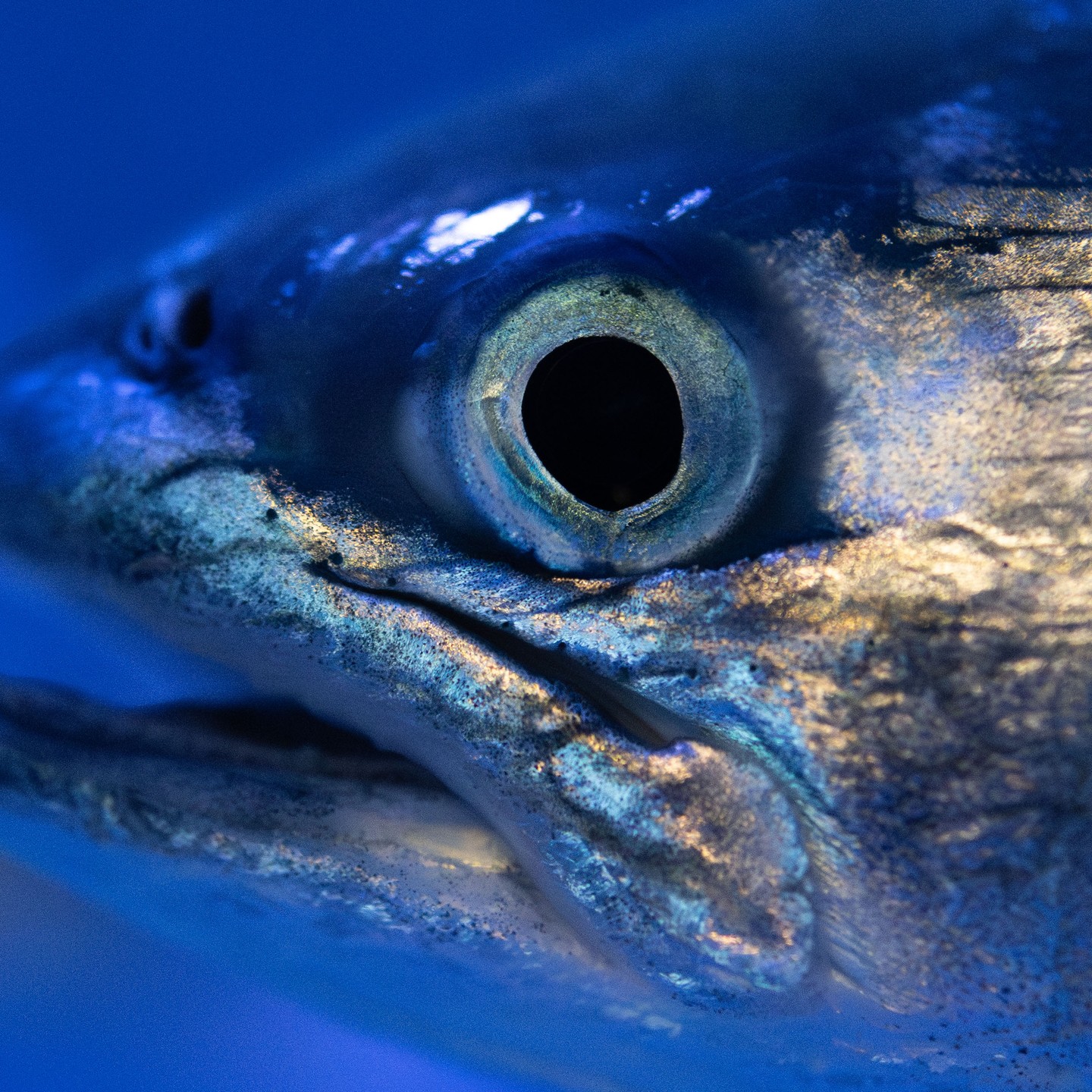- Differences in eye anatomy between fish and humans
- Mechanism of fish focus adjustment using spherical lenses
- The role of aquatic light dynamics impacting fish vision
- Conservation implications of fish vision adaptations
- Future research directions in fish vision and ecology
Fish exhibit profound differences in eye structure compared to humans. While human eyes utilize a flexible lens to alter its shape for focus, fish possess spherical lenses that adjust their distance from the retina. This anatomical variation allows fish to maintain optimal vision in their aquatic environment. Understanding these distinctions offers insights into how fish adapt to their surroundings, particularly in the diverse patterns of light found in aquatic ecosystems.
The spherical lens of fish plays a critical role in how they perceive their environment. Instead of changing shape, the lens moves closer to or further away from the retina to achieve proper focus. This mechanism is finely tuned to the conditions of the aquatic environment, where visibility can fluctuate dramatically due to factors such as water particles, light refraction, and surface waves. Ultimately, this adaptation allows fish to react swiftly to predators or prey, thereby enhancing their chances of survival in the wild.
Light dynamics in aquatic habitats significantly influence the vision of fish. Underwater light conditions are not static; they change based on a variety of factors such as depth, turbidity, and the angle of sunlight. For instance, at greater depths, the color spectrum shifts, with reds being absorbed more quickly than blues. Fish have developed adaptations, such as their unique focusing mechanism, to navigate these varying light conditions effectively. Their ability to fine-tune focus is crucial, permitting them not only to identify threats but also to locate food.
The conservation implications of fish vision adaptations are profound. As aquatic environments face challenges such as pollution, climate change, and habitat destruction, understanding how fish visually interact with their ecosystems becomes increasingly urgent. The ability of fish to discern and adapt to changing light conditions is essential for their survival. Researchers emphasize the importance of monitoring these adaptations, as alterations in aquatic ecosystems could disrupt the delicate balance of fish populations and their habitats. Fish vision may also influence their breeding behaviors, prey selection, and predator evasion strategies, all of which have significant implications for maintaining healthy aquatic ecosystems.
As research continues to evolve, exploring fish vision may lead to significant discoveries. Future studies aim to investigate how environmental changes are affecting the visual capabilities of various fish species. It is essential to understand if alterations in prey visibility or predator detection due to underwater environmental changes could result in shifts in fish behavior. This understanding can provide critical information for effective fishery management and wildlife conservation strategies, ultimately promoting biodiversity and ecological health.
Overall, the adaptation of fish vision, particularly the unique mechanism involving spherical lenses, is a testament to evolutionary ingenuity. As they navigate the complexities of their aquatic world, fish exhibit remarkable strategies that enable them to thrive in varying light conditions. Such adaptations are vital not only for the fish themselves but also for the ecological balance of their environments. Hence, ongoing research into fish vision will likely yield invaluable insights, informing future conservation efforts and enhancing our understanding of aquatic life.
*****
Source Description
Unlike human eyes, which adjust focus by changing the shape of the lens, fish have spherical lenses that move closer or farther from the retina to focus.
Instead of changing the shape of their lens to focus like humans do, fish have a spherical lens that they move closer or farther from the retina to focus. This helps them adjust to the ever-changing light in Alaska’s underwater world.


